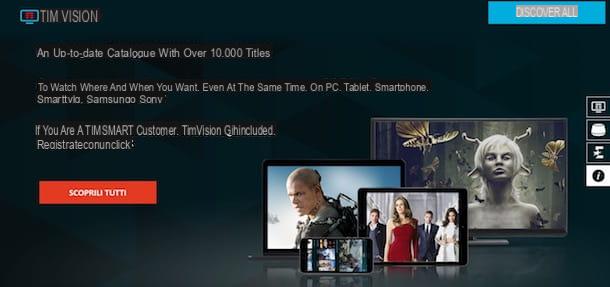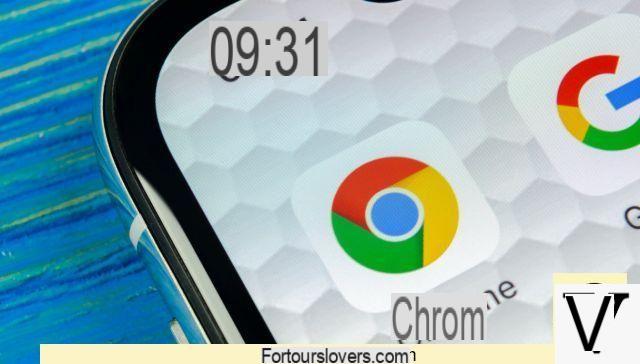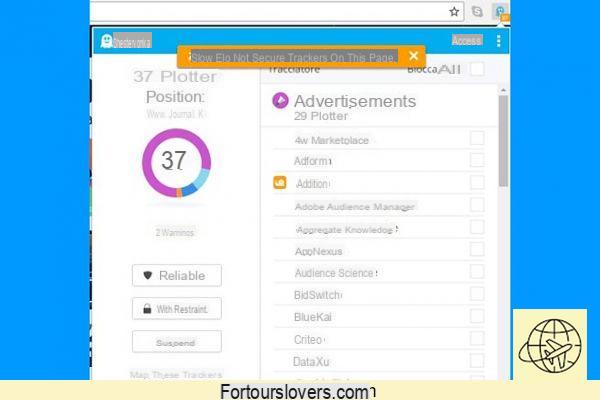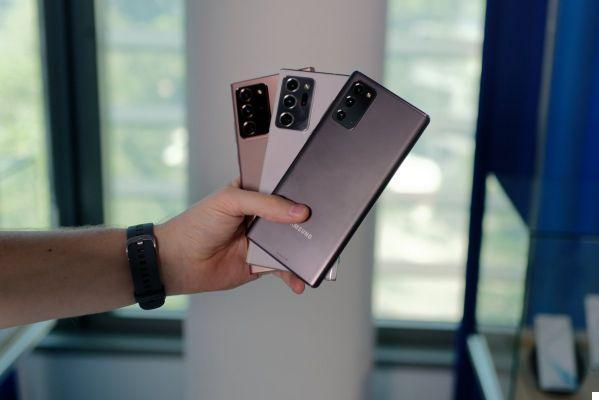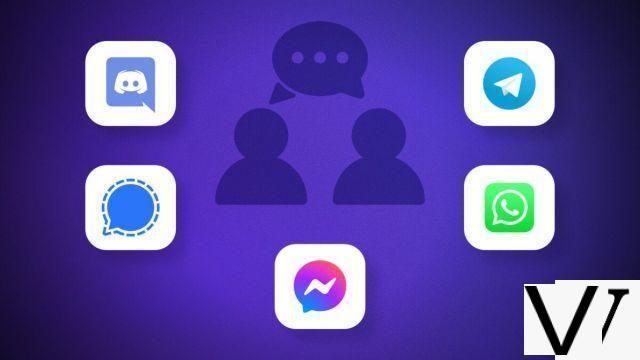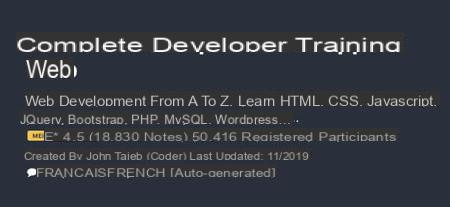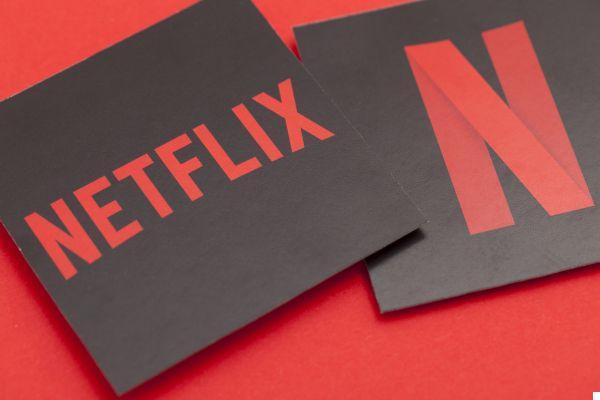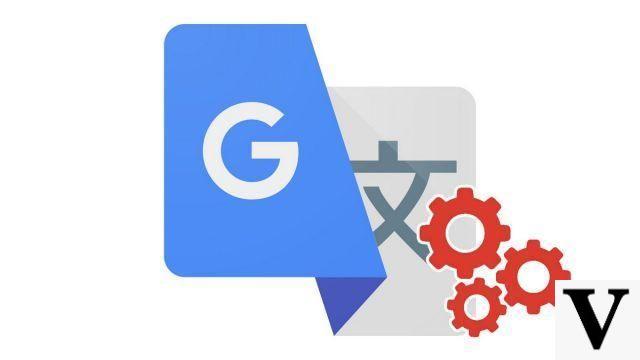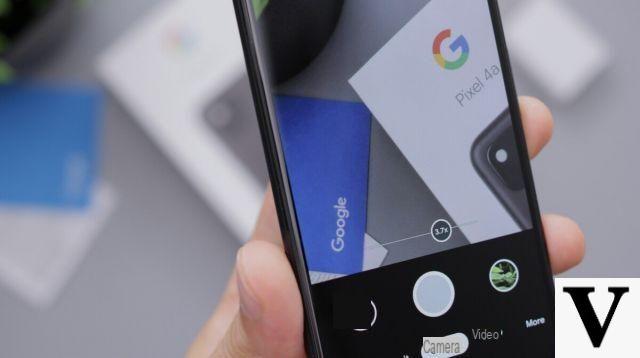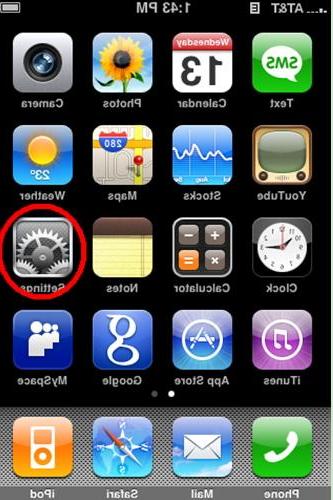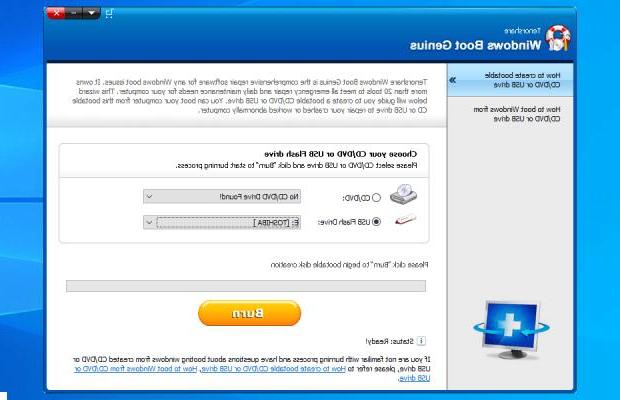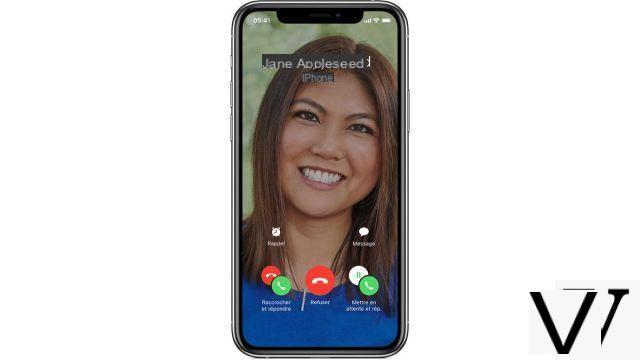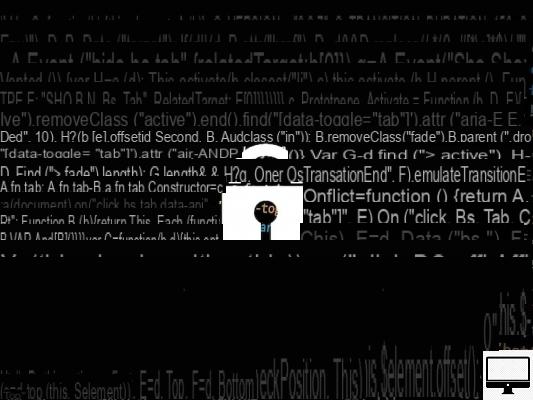Some mobile plans charge for data consumption outside the plan, once the initial quota has been exceeded. This is the case with Bouygues Telecom, which invoices by default outside the bundle once the monthly data quota is exceeded. This is also the case for certain options, such as Free Mobile roaming abroad or its 2 euro package in Spain. To avoid unpleasant surprises, Android is on board a feature capable of blocking the consumption of mobile data after setting a cap. Let's find out how to set up this feature.
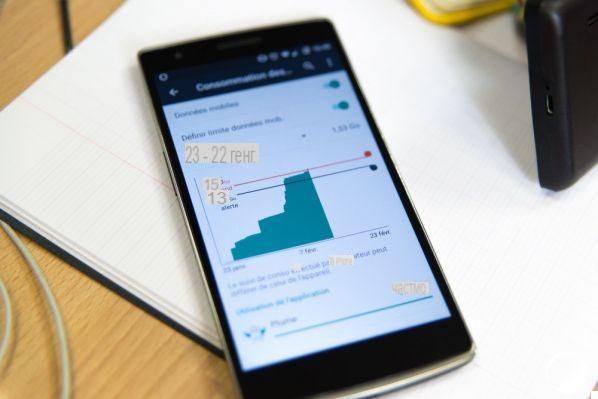
You surely remember dozens of stories read all over the Internet: a mobile user was traveling in a foreign country forgetting to cut off the roaming functions of his mobile network and then found himself with an out-of-bundle bill of several thousand euros. This type of news is seen more and more rarely since roaming is now integrated into many mobile plans with, most of the time, a blockage or reduced speed once the quota is exceeded. But some packages still use the non-package method when the user exceeds the consumption allowed by his monthly envelope.
Android's threshold and ceiling
Since Android 4.0 Ice Cream Sandwich released in 2011, it is possible to set a limit on mobile data consumption. All you have to do is go to the phone settings, in the Data consumption section and then to Define the mobile data limit.
If set to 5 GB, the terminal will block cellular connections so as not to exceed this threshold. It is also possible to set a limit that triggers an alert on the phone if it is exceeded. These two functions are very practical since it is possible to set a minimum limit of 10 MB. Convenient for very small packages such as the 2 euros one from Free Mobile which has only 50 MB of data. The threshold and the ceiling are independent of each other since it is possible to set a limit which triggers an alert without activating the blocking.
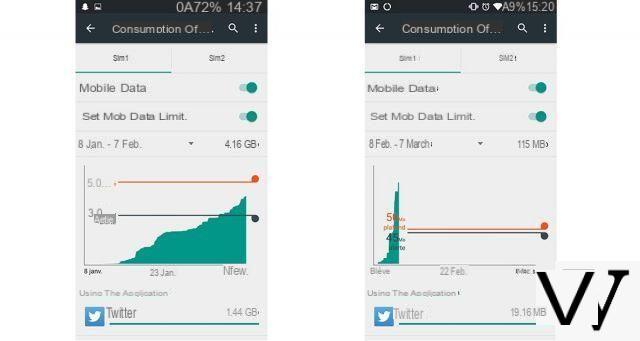
Adjust the consumption cycle
If you are using the cap and threshold features, remember to set the consumption cycle reset date correctly. This must be identical to the operator's billing cycle. Thus, if the invoices start every 1st of the month, it will then have to be specified in Android. Otherwise, there will be a gap between the consumption calculated by the operator and that measured by Android.

Block certain applications
The Data Consumption page also allows you to take a look at the most data intensive applications each month. A simple press on one of them then makes it possible to limit the data in the background of the application. This means that the app will have access to mobile data when it is used, but as soon as it is in the background (by pressing the Home or Back button, for example), the access to the cellular network will be cut off for this application.
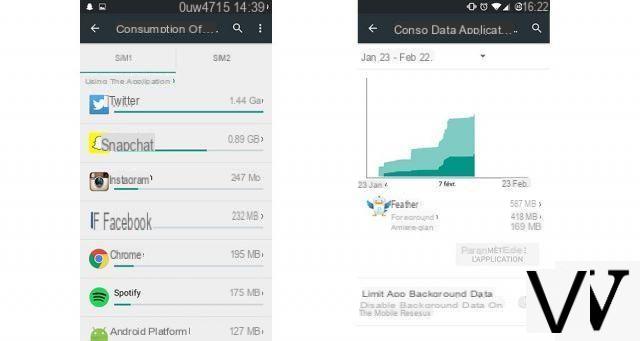
Operator applications
To avoid unpleasant surprises, operators offer data consumption monitoring in their customer area. It is then possible to easily and quickly consult this information with the mobile application of its operator. Often, operators send an SMS if the quota is soon exceeded, or when the envelope is exhausted. If this is not the case or if you want to implement a more transparent solution, Android has a dedicated feature.
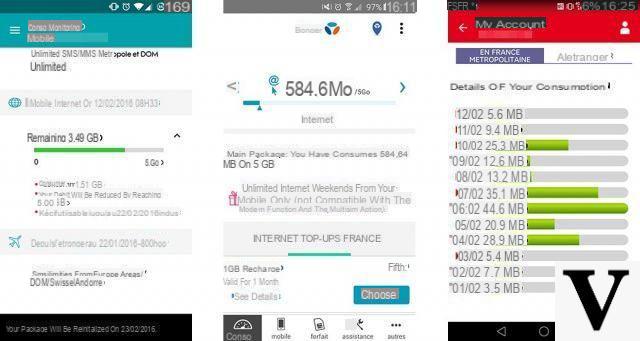
One weight, two measures
Google is warning the user against the measure taken by the phone. Indeed, it is possible that Android does not calculate data consumption exactly in the same way as the operator. Google therefore recommends setting a lower threshold than the quota authorized by the operator. From our experiences, the operator's measurement seems pretty close to Android's, but it's best to be cautious.
Third party applications
The Play Store is full of applications to analyze in detail its cellular data consumption. This is the case with My Data Manager in Spanish, Glass Wire in English and Data Wiz which allows you to visualize the places where you consume the most data.
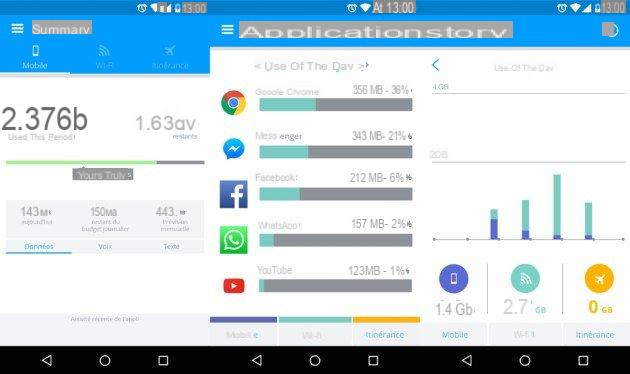
Reduce your data consumption
If you exceed your data quota each month, it is possible to use certain applications that can reduce data consumption. This is the case with Opera Max or even Chrome as we explained in our tutorial dedicated to the subject.
It may also be good to switch to "Lite" versions of certain applications, especially social networks.




